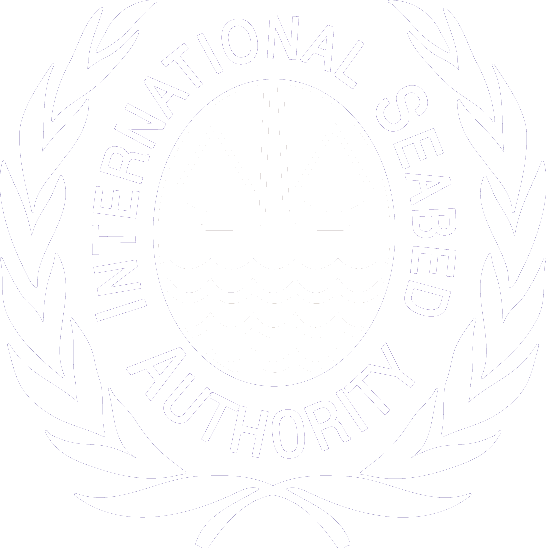JAMAICA, Kingston (19 July 2016) – – Commercialization of marine minerals in areas beyond national jurisdictions were well within reach and could be attained in the foreseeable future, the Secretary-General of the International Seabed Authority, Nii Allotey Odunton (Ghana), said at the twenty-second session of the Authority in Kingston this morning.
Introducing his annual report to the Assembly of the Authority, Mr. Odunton said the Authority was embarking on the road to commercialization of marine minerals and though there were still major obstacles to be overcome, the goals “are well within reach and are attainable in the foreseeable future”.
One of the challenges was proving that deep-seabed mining was feasible, and could be achieved in an environmentally sustainable manner; another challenge was the adoption of an exploitation code that was transparent and flexible enough to allow for adjustments to its environmental provisions for new information and advances in technology to be incorporated into it.
Article 166, paragraph 4, of the United Nations Convention on the Law of the Sea requires the Secretary-General to report annually to members of the Authority on the work of the Authority. Details of the report are contained in document ISBA/22/A/2 and is available at the Authority’s website.
The Secretary-General announced that the membership of the Authority had risen to 168 with the ratification of the United Nations Convention on the Law of the Sea by Azerbaijan on 16 June 2016. He urged the 19 members who had signed the Convention but were yet to become party to the 1994 Agreement relating to the Implementation of Article XI annexed to the Convention to do so.
On the status of members’ contributions, the Secretary-General reported that as at 18 July 2016, 44 members of the Authority were in arrears for two years or more. He urged these members to settle their arrears promptly.
He thanked members who had made contributions to the funds of the Authority: the governments of Argentina and the People’s Republic of China contributed $10,000 and $40,000 respectively to the Voluntary Trust Fund. Since the last session, he said, the Institut Francais de recherché pour l’exploitation de la mer (IFREMER) had contributed $2,777 and Mexico $7,500 to the Endowment Fund for marine scientific research in the Area.
The Secretary-General highlighted that the agreement for cooperation between the IMO and the Authority was signed by the IMO Secretary-General on 8 December 2015 and by him on 8 March 2016.
With regard to the status of exploration and exploitation in the Area, the Secretary-General reported that as at 31 May 2016, 24 contracts for exploration had entered into force (15 for polymetallic nodules, 5 for polymetallic sulphides and 4 for cobalt-rich ferromanganese crusts).
Since the twenty-first session, three new contracts had been signed, he said. On 9 November 2015, a contract for exploration for cobalt-rich ferromanganese crusts with the Companhia de Pesquisa de Recursos Minerais was signed in Brasilia and on 29 March 2016, a second contract for exploration for polymetallic nodules was signed in New York with UK Seabed Resources Ltd. A contract for exploration for polymetallic nodules with the Cook Islands Investment Corporation was signed during this session. It is anticipated that pending contracts with India and with the China Minmetals Corporation will be signed during 2016.
The Secretary-General also announced that the Authority had conducted a workshop for the standardization of the procedures and methodologies for taxonomic classification of the fauna in the Area. It was convened at the Marine Biology Research Group, Ghent University, in Ghent, Belgium, from 14 to 17 December 2015, and was co-hosted by Ghent University and Global Sea Mineral Resources.
Full Press Releases SB/22/10 SB/22/11
* *** *


